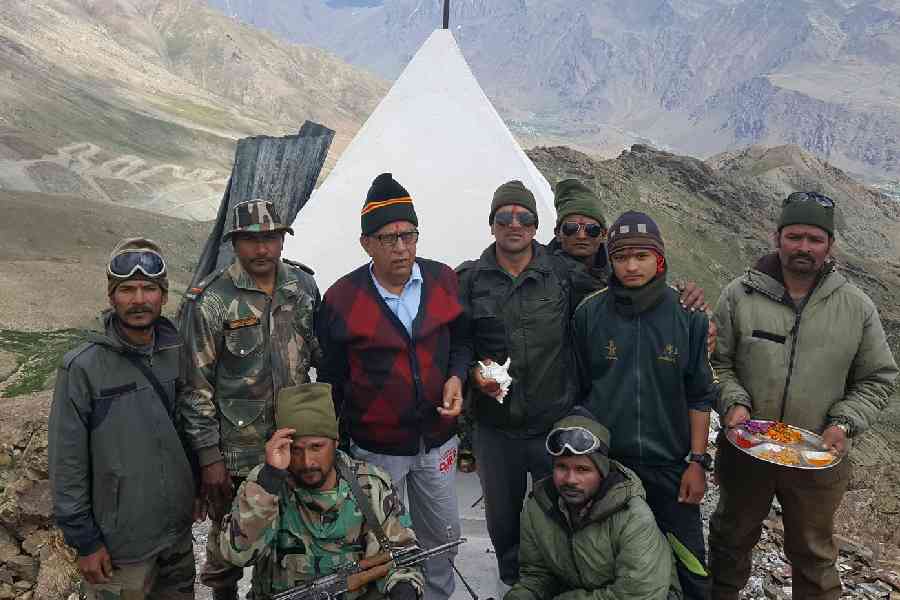 |
| Grasslands at D Ering wildlife sanctuary. Picture by Pallabi Chakraborty |
Guwahati, Oct. 24: Tigers seem to have vanished from D Ering wildlife sanctuary — the oldest protected area in Arunachal Pradesh.
Though the last confirmed tiger evidence was in 2005, there were infrequent tiger sightings till 2007-08.
A baseline survey report of the wildlife sanctuary, published by the World Wide Fund for Nature in 2014, said though the lack of tiger evidence cannot be stated with absolute certainty, discussions with the field staff and the villagers with intensive knowledge about the sanctuary point towards the absence of tigers.
Tigers were one of the focal species in the study, and were not detected in the sampled areas in either sign surveys or camera trapping.
Confirming the report, the divisional forest officer of the wildlife sanctuary, Tashi Mize said the team could not get any pug marks of tigers and the reason for its vanishing could be hunting.
“The last reported confirmed tiger evidence in the sanctuary was approximately five to six years ago and many have attributed their absence to the heavy hunting in the recent past,” the report, released recently by Arunachal Pradesh parliamentary secretary C.T. Meinin in Itanagar during Wildlife Week, says.
Pallabi Chakraborty and Rajarshi Chakraborty conducted the survey in November.
The sanctuary has a history of rampant hunting and other related disturbances in the recent past. “Reportedly, hunters had accessed the sanctuary from the Assam side and other fringe areas in Arunachal, through the very porous borders. Deer and other herbivores were reportedly shot and carried away. Though there were no concrete reports regarding the hunting of large carnivores, it is likely that it did take place and played a large role in the current demise in their populations and the probable absence of tigers in the sanctuary area,” the report said.
The 190-square km wildlife sanctuary is located in East Siang district and was declared a wildlife sanctuary in 1978.
Camera traps recorded altogether seven species of mammals during the survey period.
The major herbivore species reported from the sanctuary include the elephant, wild buffalo, sambar, hog deer, wild boar and Indian hare, while the only carnivore species captured was the golden jackal.
Given the potential connectivity with surrounding tiger-bearing forests and the different prey species recorded in this survey, the sanctuary still holds potential for habitation of tigers and existence of a breeding population.
However, there is an urgent need for restoration of connectivity and regulation of livestock grazing.
At present, the most serious threat to the sanctuary presumably comes in the form of livestock grazing.
The topography of the sanctuary, coupled with the porous boundaries on all sides, provides easy access for cattle from the Assam side as well as the adjacent areas of Arunachal Pradesh. There are numerous cattle camps called khutia situated very close to the sanctuary, both on the Assam and Arunachal sides, which are the prime sources of cattle incursion inside the protected area.
“We are holding a meeting with our counterparts in Dhemaji and Jonai on October 26 to tackle the problem of grazing,” Mize said.










